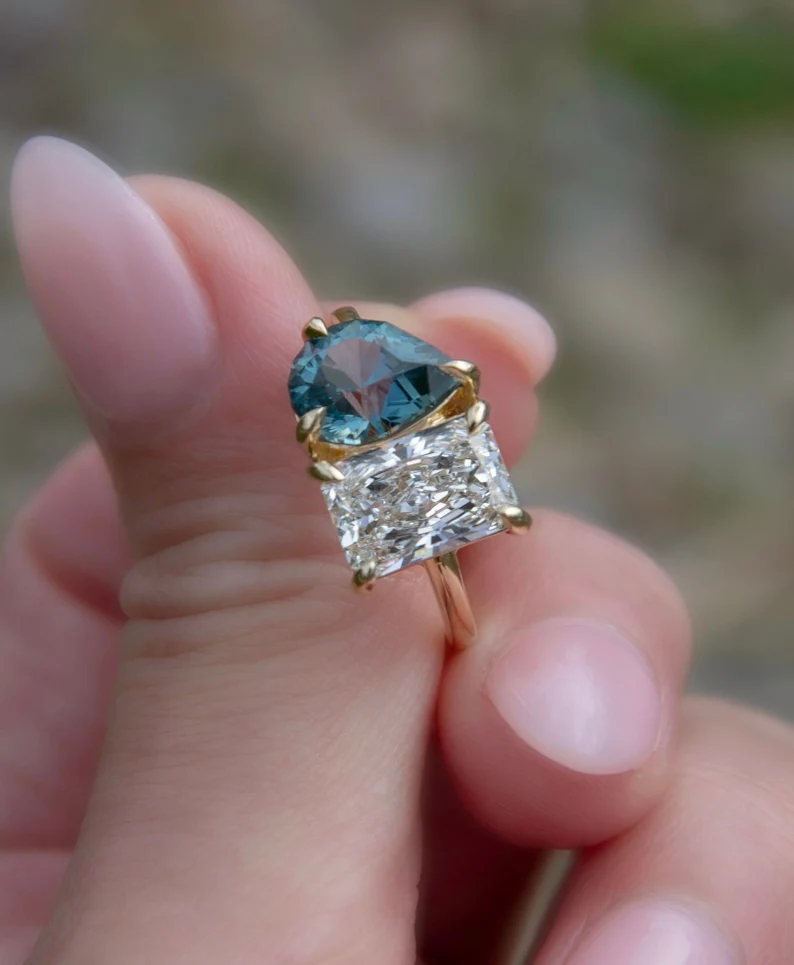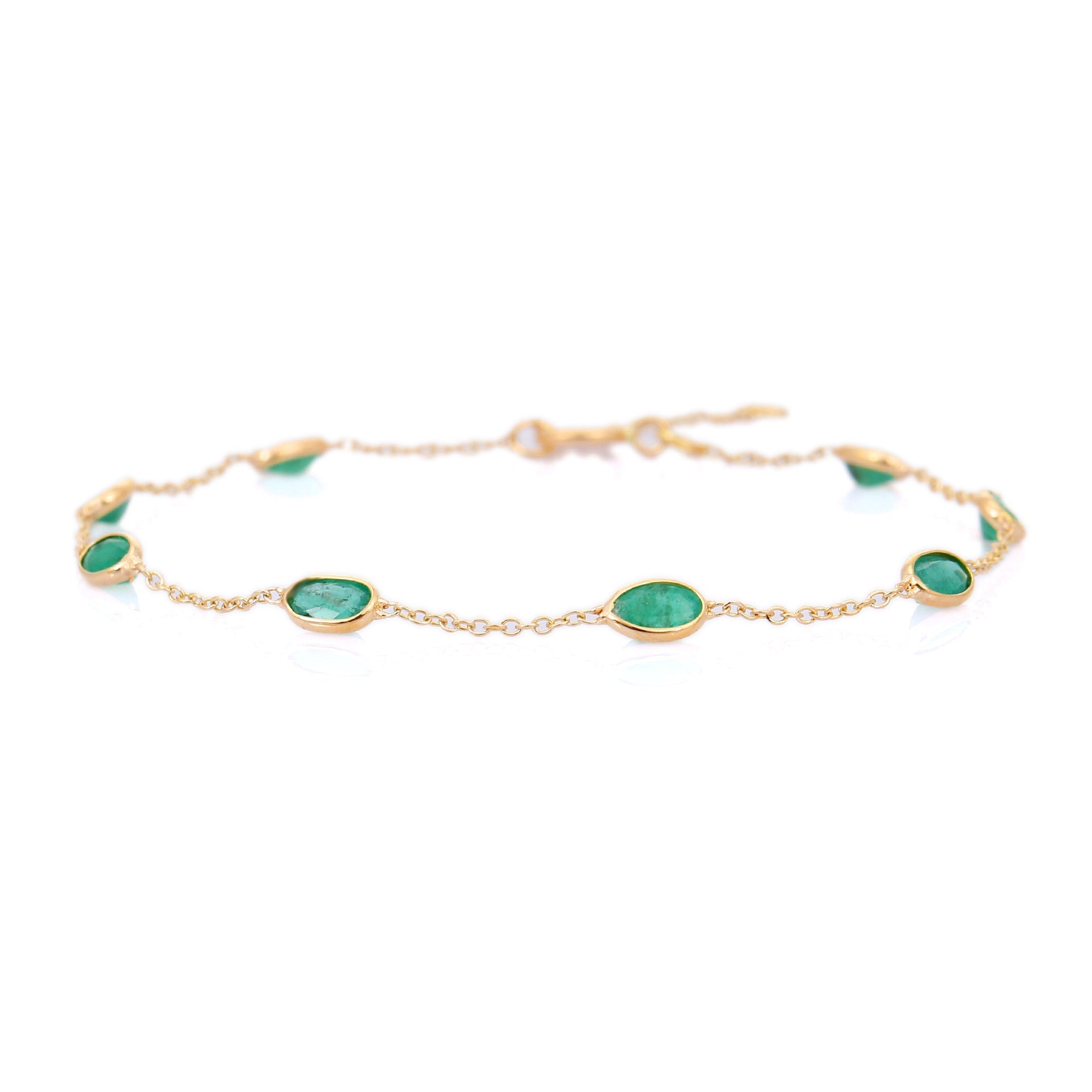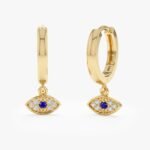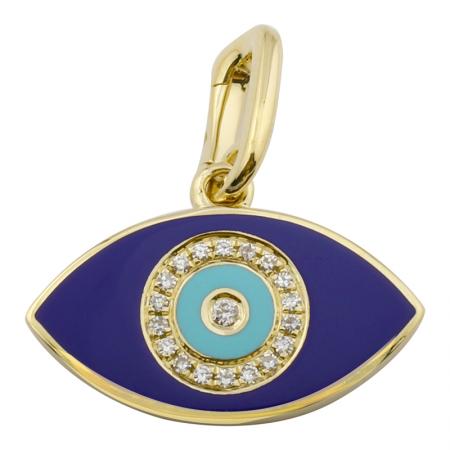Reset vs Start Fresh: When the Old Mount Is Worth Saving

Choosing whether to reset a gemstone into an existing mounting or start with a new mount is one of the most practical decisions a jewelry owner makes. The right choice balances cost, safety for the stone, sentimental value, and long-term durability. Below I lay out clear rules of thumb, technical details, examples, and a step-by-step checklist so you can decide with confidence.
How to judge the old mount: look for structural soundness
Inspecting the mounting is the first step. A mounting can be saved when its metal and structure are sound. Ask your jeweler to check:
- Prong condition: Are prongs intact or heavily worn? Prongs with thin tips or missing mass need retipping. Retipping preserves the original design and is cheaper than a full rebuild.
- Shank thickness: A healthy shank has solid wall thickness. For gold rings, 1.2–1.5 mm wall thickness is common. If the shank is thin (less than ~1.0 mm) or cracked, it likely needs rebuilding.
- Metal cracks or breaks: Visible fractures or repaired areas that have failed indicate deeper problems. Cracks around the head or gallery usually mean replacement is safer.
- Hallmarks and alloy: Look for stamps like “14K”, “18K”, “PT950” or “PLAT.” Platinum (PT950) is more durable in thin settings. High-karat gold (18K) is softer than 14K and may be less suitable for reusing in delicate, high-wear locations.
When resetting is usually the best choice
Resetting makes sense when saveable components remain and costs are reasonable. Typical good candidates:
- Solid solitaire with worn prongs: Example: a 1.20 ct round diamond (~6.8 mm) in a 14K yellow gold solitaire with worn tips. Retipping and tightening prongs is cheaper and preserves sentiment. Why: the structural head is intact and the diamond can be securely held again.
- Minor resizing needed: If the shank needs a small resize (+/- one size) and the metal is healthy, resizing preserves the original look. 14K gold resizing is quicker and cheaper than platinum.
- Sentimental or antique mounts worth preserving: Antique filigree or engraved shanks often add value. Restoring these details keeps provenance and style.
- High-quality metals and hallmark present: A PT950 platinum head is a good candidate for reuse because platinum tolerates repairs and laser welding without as much loss of metal strength.
When to start fresh: clear signs a new mount is safer
Choose a new mounting when the old one risks the stone or will cost near what a new mount costs. Look for these warning signs:
- Cracked or deformed head: If the head is crushed or cracked, solder repairs often don’t restore original strength. Why: solder joints concentrate stress and can fail under wear.
- Extensive pave, micro set, or channel damage: Replacing many tiny stones or reworking a broken channel is labor-intensive. If a ring has dozens of tiny melee diamonds and half need resetting, a new mount can be more reliable.
- Incompatible proportions: If you want to move a 1.50 ct emerald-cut (approx. 9.0 x 6.0 mm) into a head built for a 0.75 ct round, the old head won’t fit. Extensive reshaping defeats the point of reuse.
- Alloy issues or previous poor repairs: If the mounting is made from a low-quality alloy or has multiple prior repairs, metal fatigue is likely. A new mount prevents repeated future fixes.
- High sentimental value of the stone but not the setting: If you value the stone more than the setting, invest in a new mounting that better suits the stone’s shape, size, and your lifestyle.
Stone safety: what gem type changes the decision
Not all stones tolerate the same handling. This matters for resetting.
- Diamonds: Hard and stable. They handle removal and laser-welding well. Most diamonds are safe to reset.
- Emeralds: Often fracture-filled and fragile. Heat and ultrasonic cleaning risk damage. If the mounting is fragile, consider a new custom head that minimizes handling.
- Pearls, opals, turquoise: Soft and heat-sensitive. Avoid heavy soldering or extensive mechanical stress. Often best served by a fresh setting designed to protect them.
- Colored sapphires and rubies: Generally safe but watch for fractures and treatments. A careful bench procedure makes resetting possible in many cases.
Cost and timeline considerations
Costs vary with metal, complexity, and labor. Typical ranges:
- Prong retipping/tightening: $60–$300 depending on number of prongs and metal. Why: solder or laser work plus polishing and inspection.
- Simple reset into existing head: $100–$600. Includes removing and resetting the stone, cleaning, and minor repairs.
- Resizing: 14K gold $60–$150; platinum $150–$350. Large size changes cost more because of added metal work.
- New custom solitaire mount: 14K gold $600–$1,200; platinum $1,200–$3,000+. Why: custom work requires design time, casting or fabrication, and finishing.
- Complex pave or channel rebuild: $300–$1,500+ depending on number of melee diamonds and setting complexity.
Turnaround: simple resets take a few days to two weeks. Custom mounts can take 4–8+ weeks.
Practical decision checklist
- Have the ring inspected by a trusted bench jeweler. Ask for photos of the damage under magnification.
- Ask whether the repair will restore original strength or be cosmetic only. Why: cosmetic fixes can fail under wear.
- Compare written estimates for repair versus new mount, including timelines and warranties.
- Consider the stone’s sensitivity. If it’s an emerald, pearl, or heavily treated gem, favor minimal handling or a new setting designed for care.
- Factor sentiment: if the mounting itself has family history, prioritize repair or restoration.
- Update appraisal and insurance after work. A new mount can change replacement value significantly.
Final example decisions
Example 1: 1.00 ct round diamond in 14K solitaire with worn prongs. Action: Retip and tighten prongs, rhodium plate if white finish needed. Why: head is structurally sound and work is economical.
Example 2: 1.25 ct emerald in an old crushed head with prior repairs. Action: New custom head in platinum or 18K with protective bezel. Why: emeralds are fragile and the old head is unreliable.
In short: save the old mount when the metal and structure are sound and the work restores original strength. Start fresh when repairs risk the jewel or will cost nearly as much as a new, safer mount. A careful inspection, clear estimates, and respect for the stone’s nature will get you the best result.




